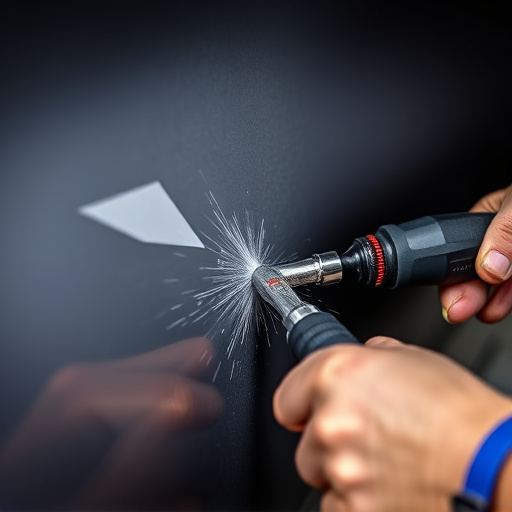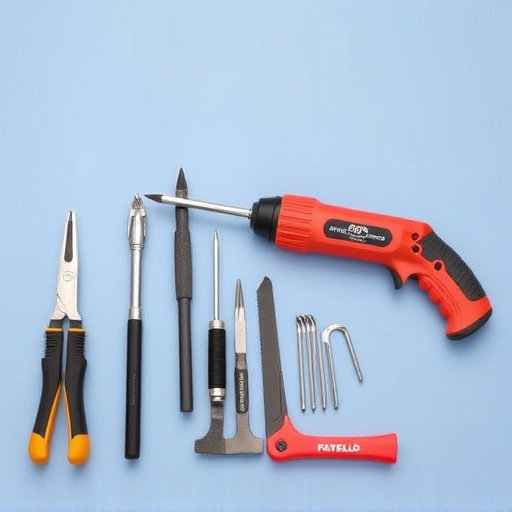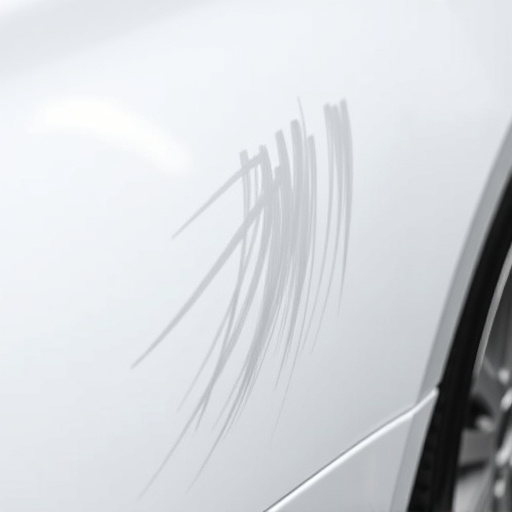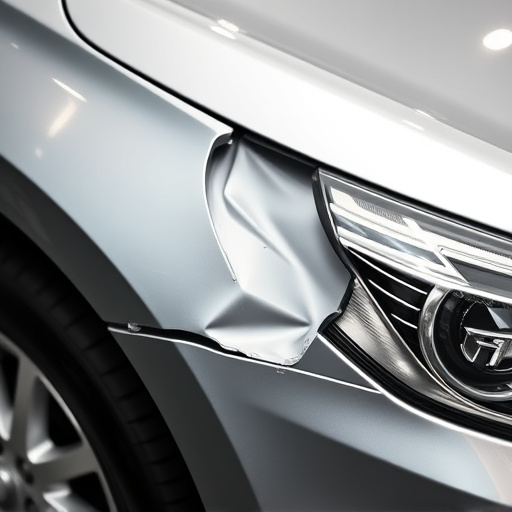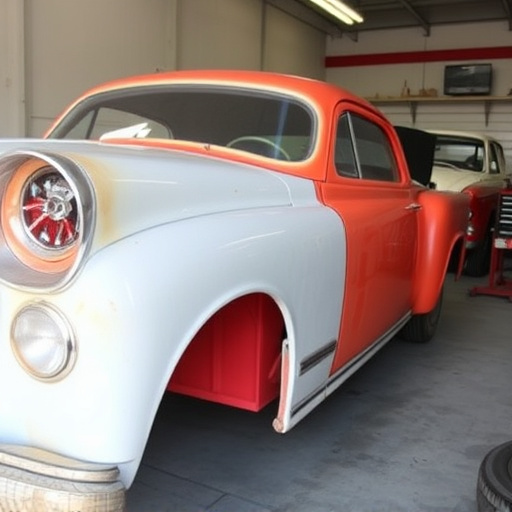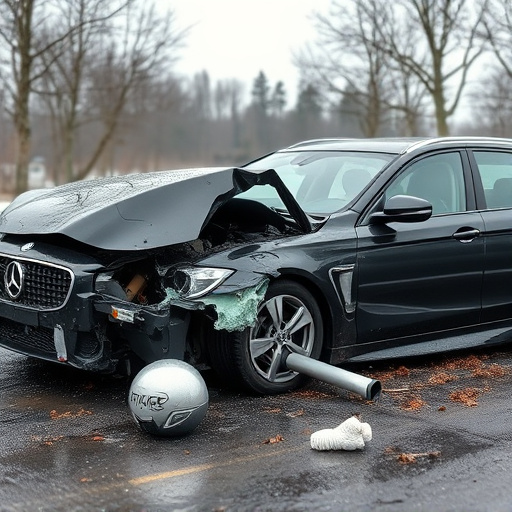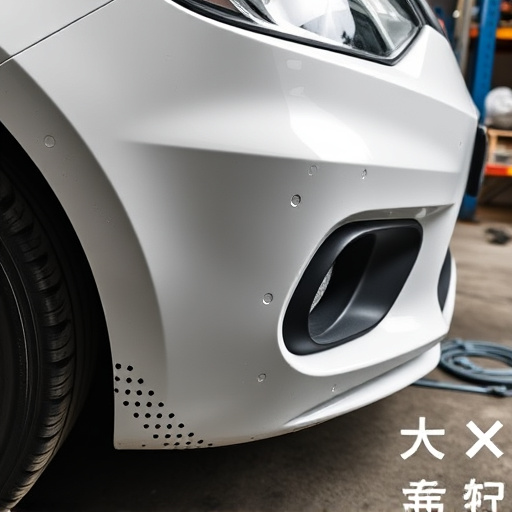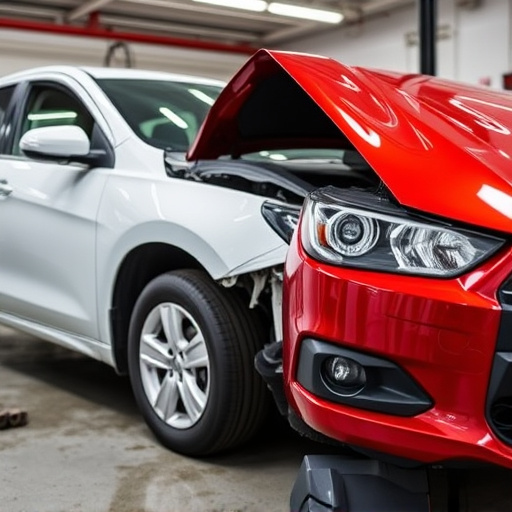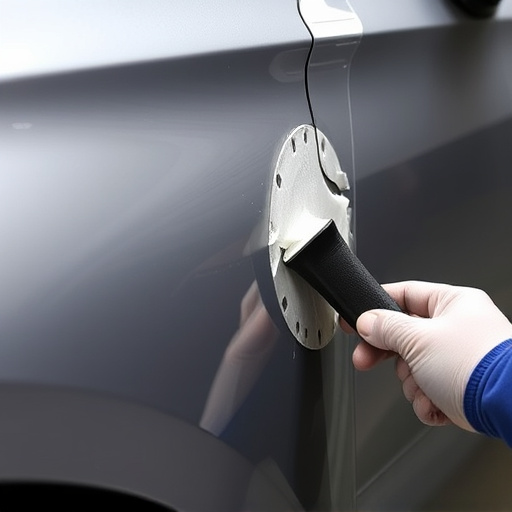The quality of repair craftsmanship is paramount for vehicle body shops to maintain safety standards and regulatory compliance. Every repair step, from panel fitting to paintwork, impacts structural integrity and overall vehicle safety. Prioritizing high-quality craftsmanship ensures meticulous detail work, adherence to best practices, and the use of appropriate tools and materials. Skilled technicians manage risks specific to car models, meet industry guidelines, and foster customer trust through precise alignment, reinforcement, and superior finishing. Maintaining this quality involves rigorous training for technicians, advanced diagnostics, clear quality control procedures, and proper management of hazardous materials and ventilation requirements in workshops.
In today’s world, ensuring compliance with safety standards in repairs is paramount. Repair Craftsmanship Quality (RCQ) plays a pivotal role in this process, directly impacting overall safety and regulatory adherence. This article delves into the intricate relationship between RCQ and safety standards, offering insights on how meticulous craftsmanship translates into compliant and secure environments. By exploring best practices and comprehensive strategies, we aim to equip professionals with tools to uphold the highest repair quality benchmarks.
- Understanding the Impact of Repair Craftsmanship Quality
- Compliance with Safety Standards: A Comprehensive Approach
- Best Practices for Ensuring High-Quality Repairs and Safe Environments
Understanding the Impact of Repair Craftsmanship Quality
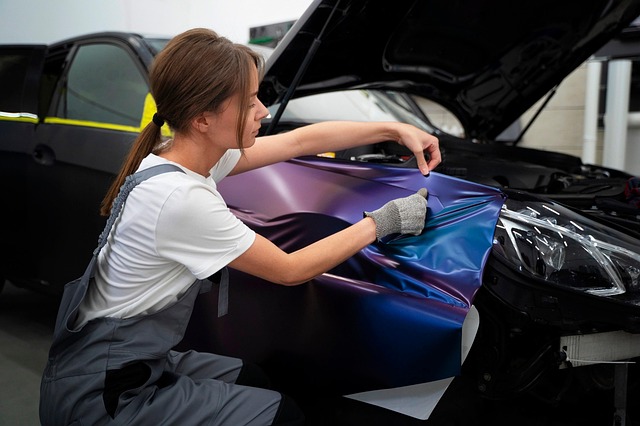
The quality of repair craftsmanship plays a pivotal role in ensuring that vehicle body shops and car body repair centers maintain compliance with safety standards. Every repair or restoration process involves intricate details, from panel fitting to paintwork, all of which contribute to the overall structural integrity and safety of the vehicle. Poorly executed repairs can lead to visible imperfections, affecting not just the aesthetic appeal but also compromising the strength and reliability of the car’s body. This, in turn, poses potential risks to both the occupants and other road users.
Therefore, prioritizing repair craftsmanship quality is essential. It involves meticulous attention to detail, adherence to industry best practices, and the use of appropriate tools and materials. Skilled technicians in vehicle body repair shops ensure that every component is precisely aligned, reinforced, and finished to a high standard. This not only meets regulatory requirements but also guarantees customer satisfaction and fosters trust in the services provided by car body shops.
Compliance with Safety Standards: A Comprehensive Approach

Compliance with safety standards is not a mere afterthought but a fundamental aspect of any repair or restoration process. It involves a comprehensive approach where every step, from initial assessment to final touch-ups, adheres to established guidelines and best practices. High-quality repair craftsmanship ensures that vehicles undergo meticulous attention, utilizing specialized tools and techniques to fix damage without compromising safety. This includes proper handling of hazardous materials, adherence to ventilation requirements in workshops, and implementing stringent quality control measures during each phase of the repair process.
By prioritizing repair craftsmanship quality, auto detailing and car body repair services can effectively meet and surpass industry safety standards. Skilled technicians play a pivotal role in identifying potential risks specific to different car models and ensuring their work environment is safe for both employees and clients. This holistic approach not only guarantees the structural integrity of vehicles but also fosters trust among customers who seek reliable, safe, and high-quality car paint services.
Best Practices for Ensuring High-Quality Repairs and Safe Environments

Maintaining high standards in repair craftsmanship is paramount to ensuring safety compliance and fostering a culture of excellence within any automotive workshop. Best practices involve implementing rigorous training programs for technicians, who should stay updated with industry trends and advancements in materials science. This continuous learning ensures they can expertly handle various repairs, from intricate car body repair to precise tire services.
Additionally, establishing clear quality control procedures is vital. This includes meticulous pre and post-repair inspections, utilizing advanced diagnostic tools, and adhering to manufacturer specifications during component replacements. By integrating these practices, workshops can guarantee not only exceptional repair craftsmanship quality but also the safety of both their technicians and clients, be it for car dent repairs or more complex jobs.
Repairing products with a focus on craftsmanship quality is not just an art, but a vital strategy for maintaining safety standards. By adhering to best practices and comprehensive guidelines, businesses can ensure that repairs meet high-quality marks, minimizing risks and ensuring consumer protection. Investing in skilled technicians and rigorous quality control processes pays dividends in building trust and fostering a culture of safety within the industry. Thus, prioritizing repair craftsmanship quality is a key component in navigating regulatory compliance and fostering a safer environment for all stakeholders.


